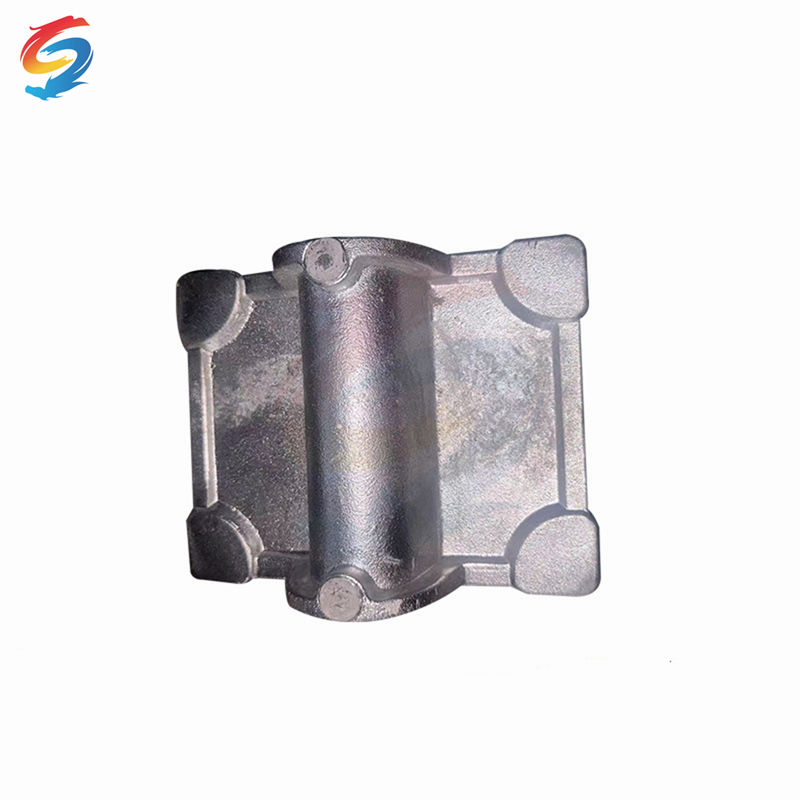Stainless steel is one of the most widely used and versatile materials in industries ranging from construction to medical equipment. Among the various grades available, 304 and 316 stainless steel stand out as the most common. Though similar in appearance, these two alloys offer distinct differences that can significantly impact their performance, durability, and cost. Understanding the contrast between 304 and 316 stainless steel is essential for making informed material choices in engineering, architecture, and manufacturing applications.
What is Stainless Steel?
Stainless steel is a corrosion-resistant alloy made primarily from iron, with a minimum of 10.5% chromium content. The addition of chromium creates a passive layer of chromium oxide on the surface, which protects the metal from rust and corrosion. Various grades of stainless steel are achieved by altering the composition with elements like nickel, molybdenum, and carbon, each enhancing specific properties.
304 and 316 are both part of the austenitic stainless steel family, known for their excellent strength, weldability, and corrosion resistance. However, the key difference lies in their chemical composition, particularly the presence of molybdenum in 316, which elevates its resistance to harsh environments.
Chemical Composition: 304 vs 316 Stainless Steel
The most fundamental distinction between 304 and 316 stainless steel lies in their chemical makeup.
| Element | 304 Stainless Steel | 316 Stainless Steel |
| Chromium | 18–20% | 16–18% |
| Nickel | 8–10.5% | 10–14% |
| Molybdenum | 0% | 2–3% |
| Carbon | ≤ 0.08% | ≤ 0.08% |
| Manganese | ≤ 2% | ≤ 2% |
| Silicon | ≤ 1% | ≤ 1% |
The molybdenum content in 316 stainless steel is the game-changer. It significantly enhances corrosion resistance, particularly against chlorides and other industrial solvents. As a result, 316 is preferred in marine environments, chemical processing, and areas where high salt exposure is common.

Corrosion Resistance and Performance in Harsh Environments
When choosing between 304 and 316 stainless steel, corrosion resistance is often the most critical factor. Both grades are highly resistant to oxidation and general corrosion; however, 316 outperforms 304 in more demanding settings.
304 stainless steel is ideal for:
316 stainless steel is better suited for:
Coastal and marine environments
Chemical and petrochemical plants
Pharmaceuticals and surgical tools
Water treatment systems
The added molybdenum in 316 enhances its ability to resist pitting and crevice corrosion, particularly in environments with high salinity or acid exposure. Therefore, in high-risk environments, 316 provides a more reliable long-term solution despite its higher cost.
Cost Considerations and Practical Applications
Cost is a major factor influencing the choice between these two stainless steel grades. 304 stainless steel is less expensive because it lacks the molybdenum content and contains less nickel. This makes it a practical option for applications where extreme corrosion resistance is not required.
However, choosing 304 over 316 based solely on upfront cost can be a false economy. In corrosive environments, 304 may deteriorate faster, leading to maintenance costs, potential failure, and replacement expenses. In such cases, 316 proves to be more cost-effective over time.
In terms of applications, here’s how they generally compare:
| Application Type | Preferred Grade |
| Indoor food-grade equipment | 304 Stainless Steel |
| Coastal structural components | 316 Stainless Steel |
| Brewery tanks | 304 Stainless Steel |
| Chemical storage tanks | 316 Stainless Steel |
| Boat fittings | 316 Stainless Steel |
Mechanical Properties and Fabrication Differences
Both 304 and 316 stainless steels have excellent mechanical properties and are easy to fabricate, but there are some subtle differences. Both are non-magnetic in their annealed state, exhibit good tensile strength, and can be readily formed and welded. However, 316 may exhibit slightly better performance under high-stress and high-temperature environments.
In terms of machinability and formability, both grades are comparable, but 304 is slightly easier to work with due to its lower alloy content. For welders and fabricators working on large-scale production, the ease of working with 304 may be a deciding factor—unless corrosion resistance is paramount.
Additionally, 316 maintains its strength and structural integrity in temperatures up to 870°C (1600°F), making it the go-to choice in heat-intensive environments.

Frequently Asked Questions (FAQ)
Q1: Is 316 stainless steel magnetic?
No, both 304 and 316 stainless steels are non-magnetic in their annealed state. However, slight magnetism may be present after cold working.
Q2: Can I use 304 stainless steel in marine applications?
While it can be used, 304 is not ideal for marine environments due to its lower resistance to saltwater corrosion. 316 is the better choice.
Q3: Why is 316 stainless steel more expensive?
The presence of molybdenum and higher nickel content makes 316 more costly. These elements significantly enhance its resistance to chemicals and harsh environments.
Q4: Are both grades food safe?
Yes, both 304 and 316 stainless steels are safe for food contact and commonly used in the food and beverage industry.
Q5: Which one should I choose for outdoor use?
If you live in a non-coastal area, 304 should suffice. However, in humid, salty, or industrial environments, go with 316 for long-lasting durability.
Conclusion
Choosing between 304 and 316 stainless steel depends on the environmental conditions, cost constraints, and intended use. While both offer outstanding performance and versatility, the higher corrosion resistance of 316 makes it the superior option for harsh conditions. However, for general indoor use or in less aggressive environments, 304 stainless steel provides excellent value without sacrificing quality.
In summary:
Choose 304 for standard, non-corrosive applications where cost is a concern.
Choose 316 for demanding environments with exposure to chemicals, saltwater, or heat.
Understanding the specific requirements of your project is the key to making the best material choice. When durability and reliability matter, knowing the difference between 304 and 316 stainless steel is what sets your project up for long-term success.




















